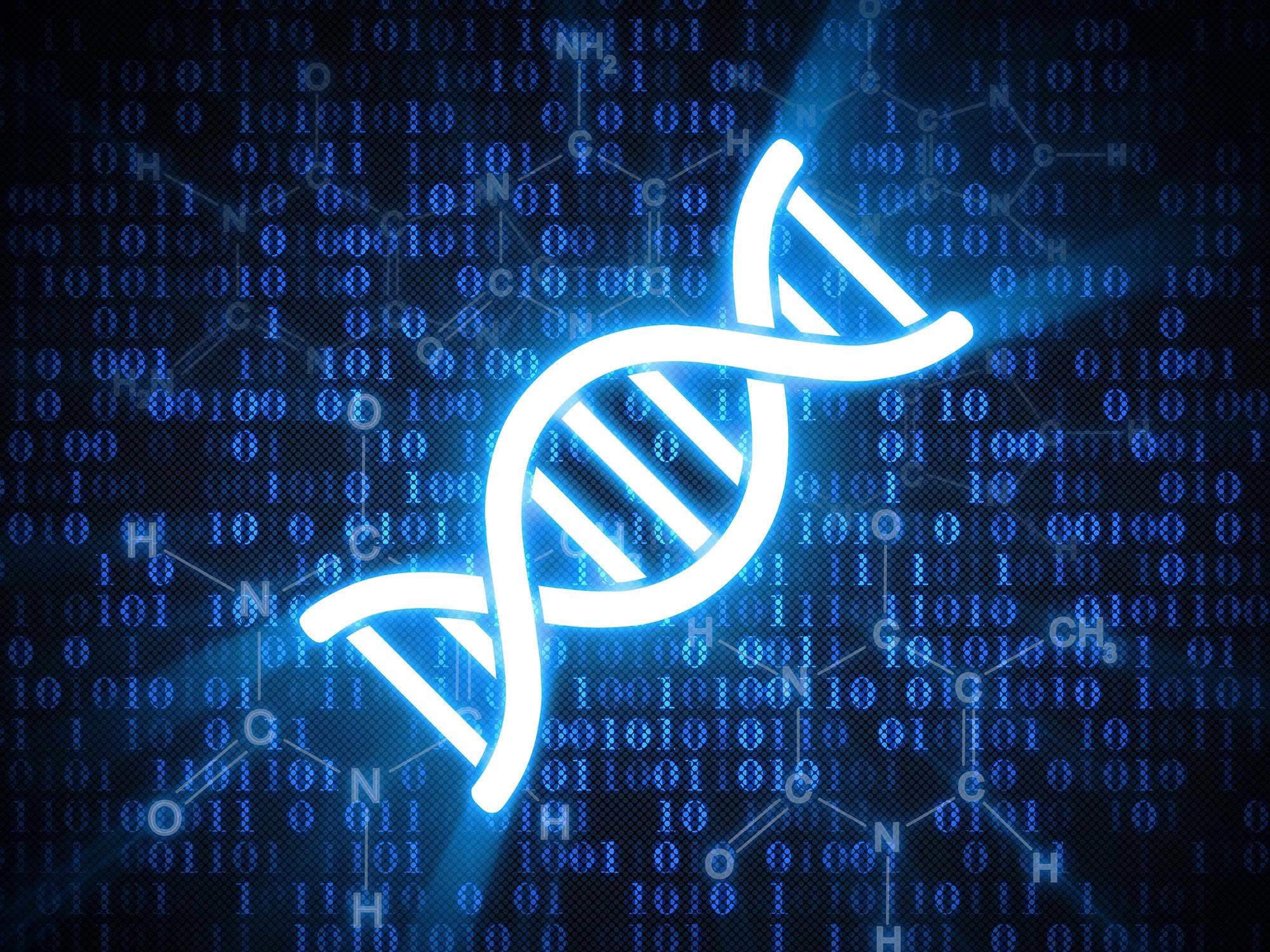Nonlinear decision-making with enzymatic neural networks
DNA can be utilized to reliably store massive amounts of digital data. However, it has hitherto proven challenging to retrieve or manipulate the specific data embedded in these molecules. Now, scientists from the CNRS and the University of Tokyo have developed the use of a novel enzyme-based technique, providing the initial clues as to how these technical obstacles may be overcome. Their research was recently published in the journal Nature.
Nature has unquestionably developed the best method for massive data storage: DNA. Based on this knowledge, DNA has been used to store digital data by translating binary (0 or 1) values into one of the four different DNA “letters” (A, T, C, or G).
But how can one search through the database of data encoded in DNA to discover a certain datum? And how is it possible to execute computations using DNA-encoded data without first transforming it into electronic form? These are the questions that research teams from the LIMMS (CNRS / University of Tokyo) and Gulliver (CNRS / ESPCI) laboratories have attempted to answer. They are experimenting with a new approach using enzymes and artificial neurons and neural networks for direct operations on DNA data.
Specifically, the researchers have made use of the reactions of three enzymes to design chemical “neurons” that reproduce the network architecture and ability for complex calculations exhibited by true neurons. Their chemical neurons can execute calculations with data on DNA strands and express the results as fluorescent signals.
The LIMMS and Gulliver teams have also innovated by assembling two layers of the artificial neurons in order to refine calculations. Precision is further enhanced through microfluidic miniaturization of reactions, allowing tens of thousands to take place.
The fruit of a decade of cooperation between French biochemists and Japanese microfluidics engineers, these breakthroughs may eventually permit better screening for certain diseases as well as the manipulation of gigantic DNA-encoded databases.
When kept away from water, air, and light, DNA can be preserved for hundreds of thousands of years, without any energy input. And stored in a capsule a few centimeters in diameter, it can hold up to 500 terabytes of digital data. By 2025, the total volume of digital data generated by humans is expected to reach 175 zettabytes.1 Since current storage media are relatively bulky, fragile, and energy-intensive, DNA may provide a viable alternative—able to contain all existing data within the space of a shoebox. Facilitating DNA storage will be the PEPR MoleculArxiv goal, a priority research program provided last May by the CNRS.





Recommended Comments
There are no comments to display.
Join the conversation
You can post now and register later. If you have an account, sign in now to post with your account.
Note: Your post will require moderator approval before it will be visible.